Lyme Disease Band 41
Lyme disease band 41. Diagnosis of Lyme disease is made through a clinical decision making process that includes a medical history physical exam review of past diagnostic tests and consultations and results from newly ordered tests. 41 is a flagella tail of a spirochete Lyme has a flagella and a few other things do too - like syphillis Pintas and Yaws. The CDC considers it specific.
Mayonii and is transmitted to humans by infected Ixodes scapularis or I. I think band 41 commonly appears as a non-specific marker for lyme as it can cross-react or is present with other spirochetes coiled shaped bacteria. Band 58 -- unknown but could be Lyme Band 66 -- common to all spiral-shaped bacteria so could be Lyme Band 83-93 -- specific to Lyme meaning no other bacteria shows up on this band.
Especially in the absence of other more species-specific bands. Some bands are Lyme Specific some are not. For that reason we dont feel the 41kd band has much clinical signfiicance in guiding us as to whether a person has been exposed to the agent of Lyme disease.
Western blot test To my understanding the bands refer to specific sections of the Lyme bacteria and bands 41 58 and 23 mean as follows. Reactivity to band 41 alone would not be enough to indicate lyme it would only signify the presence of the protein marker responsible for forming the mobilised portion of any spirochete ie its tail. It is one of only 3 IgM bands tested in their surveillance test.
39 is lyme specific. The pseudoscience group ILADS seems to encourage confusion and misdiagnoses by asserting a positive 31 or 34 band is highly indicative of Borrelia Burgdorferi exposure This is a form of special pleading. With regard to band 41 it appears that a study on lyme in FL and GA indicates lyme based on 41s presence.
Burgdorferi sensu stricto and B. Do you have a LLMD. Unfortunately there are many common types of spirochetes that can cause a positive Band 41 in a Western Blot mainly dental spirochetes.
In China what they do is rule out all the other bacteria associated with this band. It is conceivable that some may seed the blood stream periodically and lead to the positive 41kd immune responses.
One reason a positive 41 kd band might emerge is that our mouths contain non-pathogenic spirochetes.
Early studies with Allen Steere as a co-author showed that the 41 band was the band that was most prevalent and showed up earliest in the course of Lyme infection. Western blot test To my understanding the bands refer to specific sections of the Lyme bacteria and bands 41 58 and 23 mean as follows. Band 58 -- unknown but could be Lyme Band 66 -- common to all spiral-shaped bacteria so could be Lyme Band 83-93 -- specific to Lyme meaning no other bacteria shows up on this band. The pseudoscience group ILADS seems to encourage confusion and misdiagnoses by asserting a positive 31 or 34 band is highly indicative of Borrelia Burgdorferi exposure This is a form of special pleading. A recent study looked at the banding patterns of patients with chronic Lyme disease and healthy controls from the inner city of New York who have never had Lyme disease. I think band 41 commonly appears as a non-specific marker for lyme as it can cross-react or is present with other spirochetes coiled shaped bacteria. Early studies with Allen Steere as a co-author showed that the 41 band was the band that was most prevalent and showed up earliest in the course of Lyme infection. Do you have a LLMD. Band 41 is usually the first to show up in a lyme infection.
The CDC considers it specific. Burgdorferi sensu lato strains may play a role in the lack of consistently detectable antibodies to specific proteins besides the 41-kDa flagellin which was commonly observed among patients in this study and others conducted in the southern US. 39 is lyme specific. The CDC considers it specific. The 31 kDa band represents the OSPA protein and is specific for just a few species of Borrelia as is the 34 band OSPB and 23 kDa OSPC. They found that a large percentage. Lyme disease is a tickborne disease caused by spirochetes within the Borrelia burgdorferi sensu lato species complex.

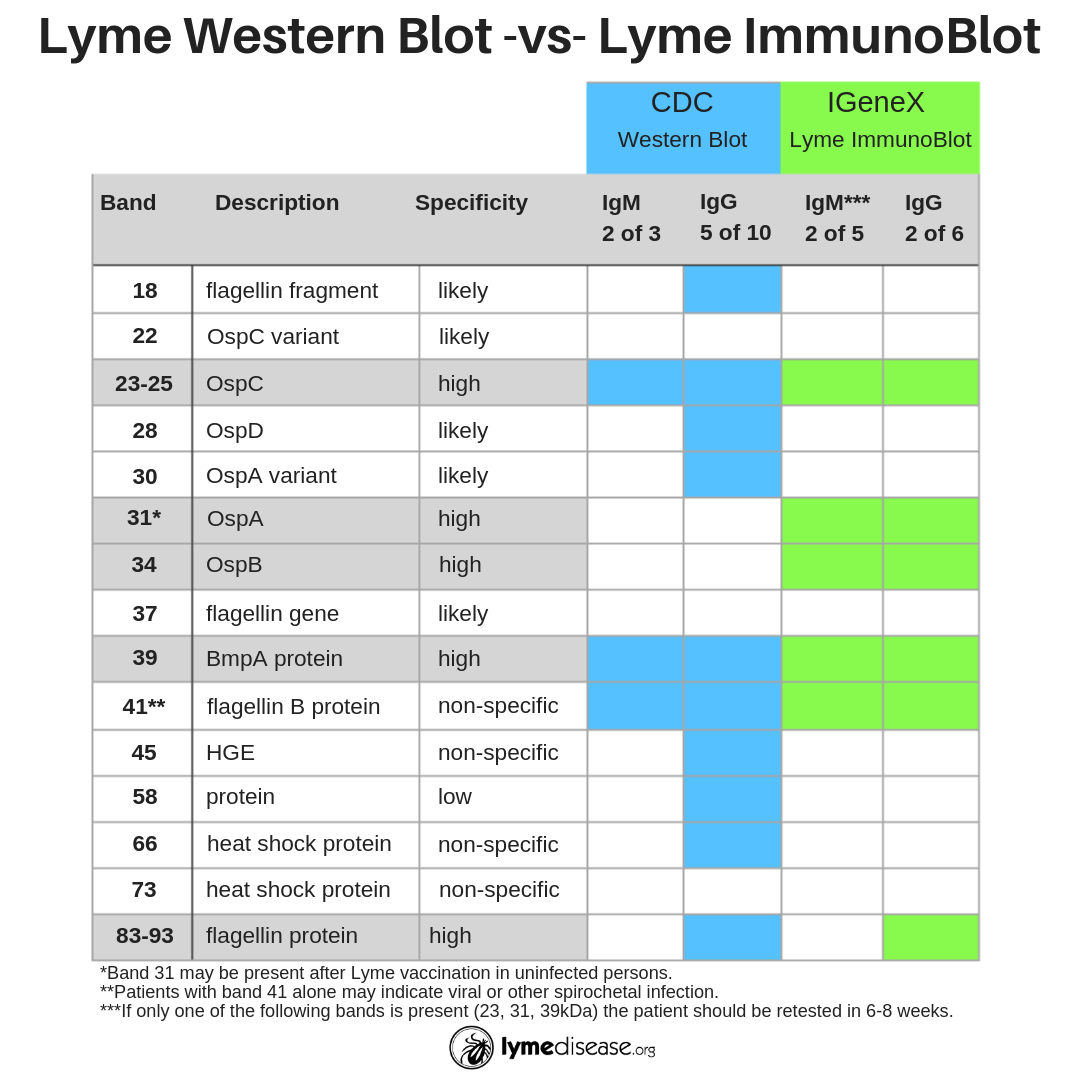
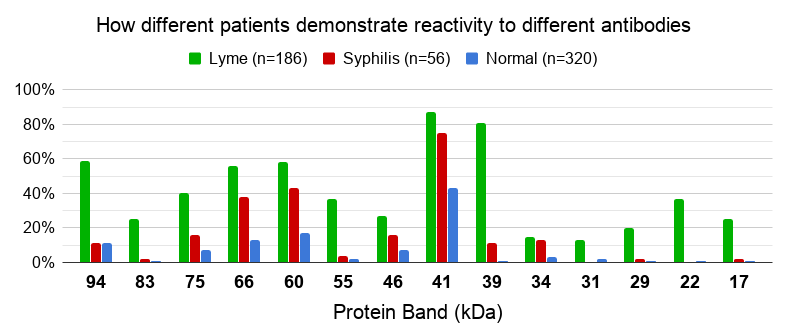







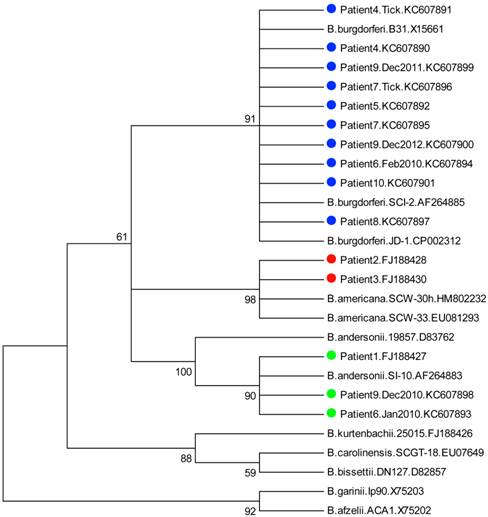
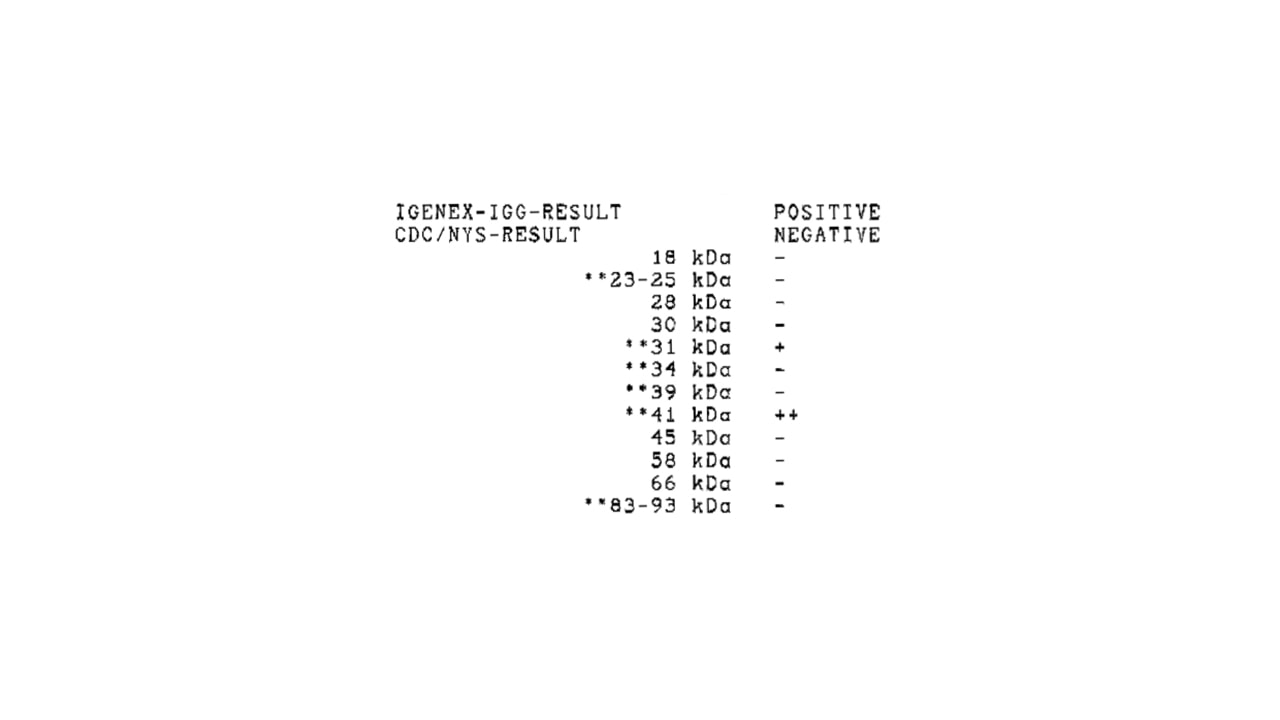















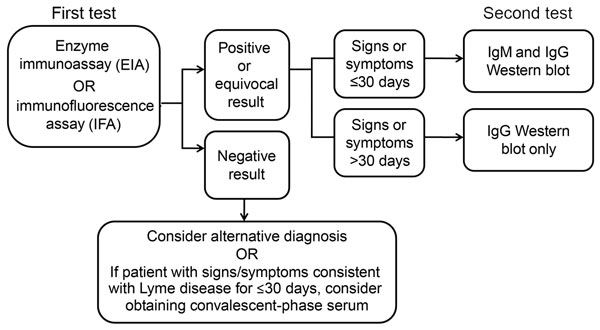








Post a Comment for "Lyme Disease Band 41"